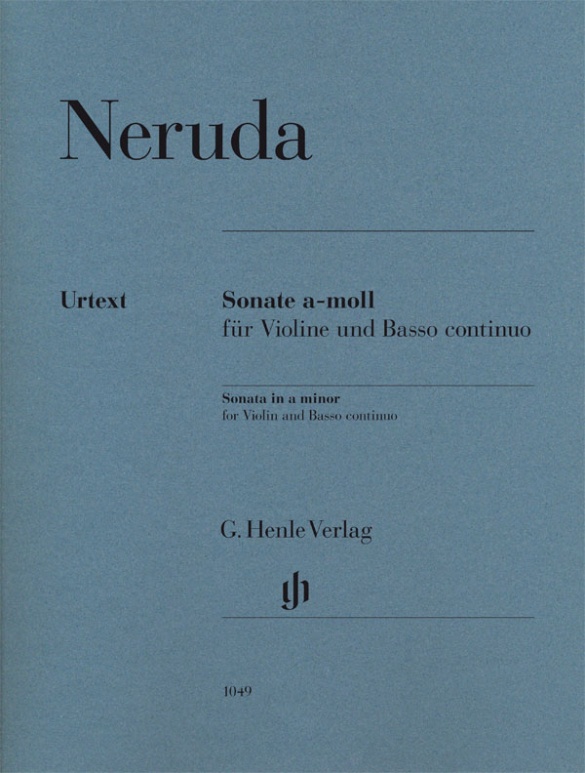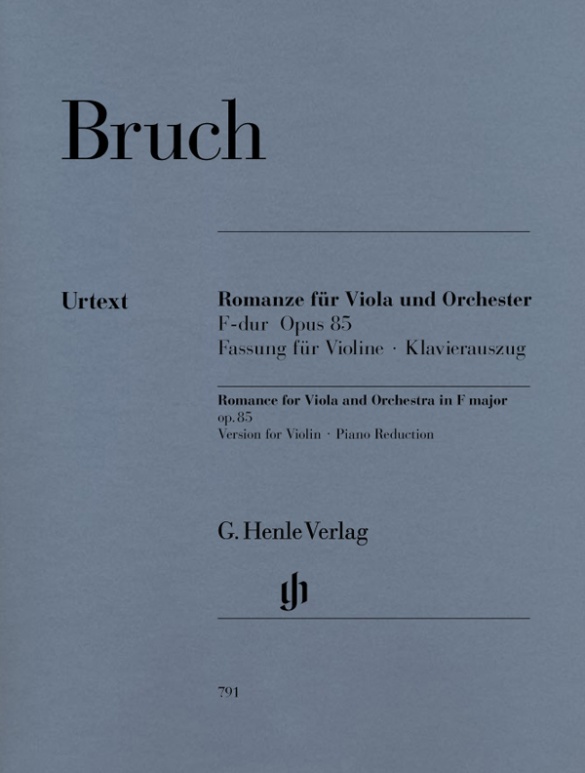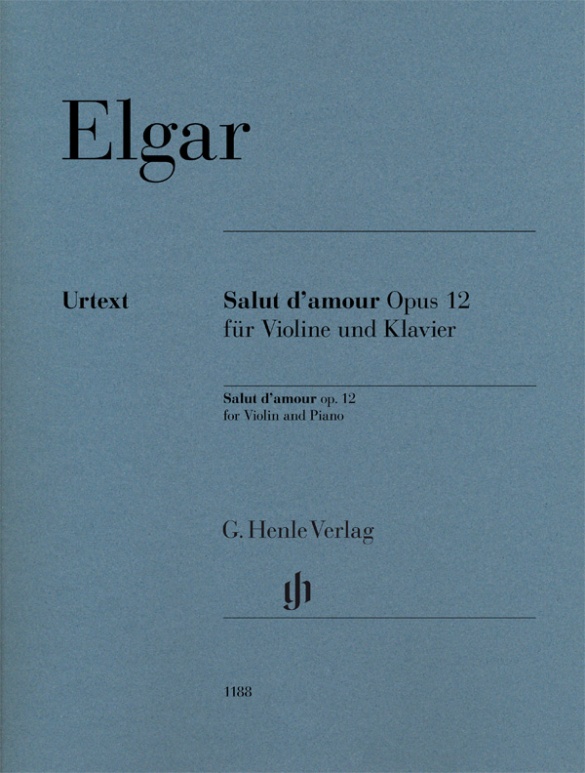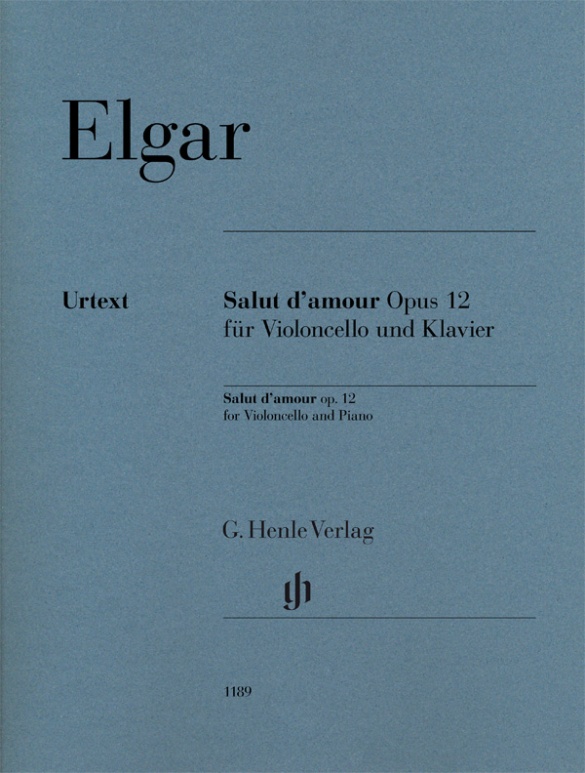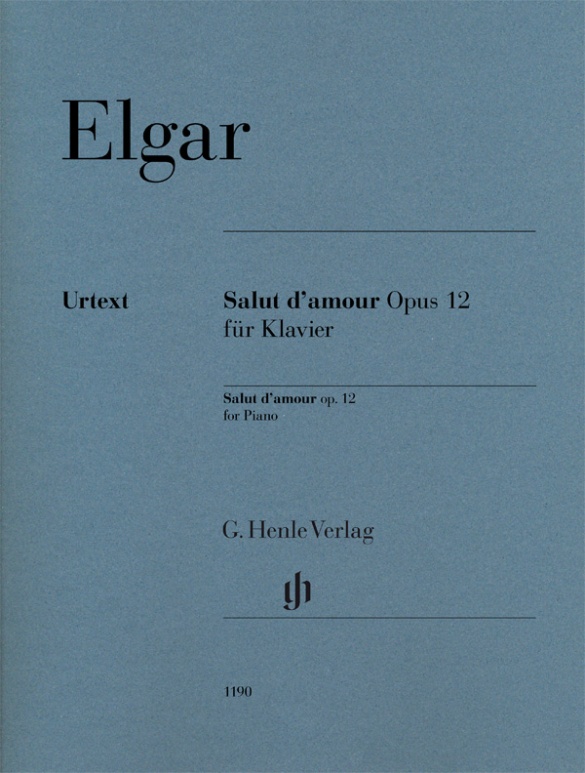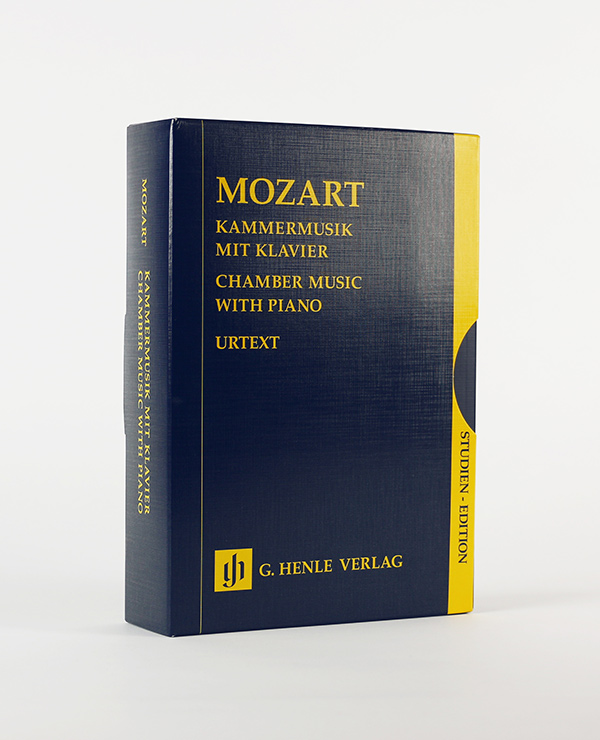Johann Baptist Georg Neruda
Sonata in a minor for Violin and Basso continuo
There has been increased general interest in the Bohemian composer Johann Baptist Georg Neruda (c. 1711–1776) over the past few years, especially due to his frequently played trumpet concerto. A respected violinist and longstanding member of the Dresden Court Orchestra, he did, however, mainly compose for the violin.
The substantial and technically quite demanding Violin Sonata in a minor was published for the first time ever in 1982 as part of our edition “Bohemian Violin Sonatas” (HN 334). We are now proud to present it in a practical single edition with a new preface as well as an additional unmarked part.
Content/Details
About the Composer
Johann Baptist Georg Neruda
A composer and violinist of the pre-Classical period. During his lifetime, his works were primarily known in Germany, Bohemia, and Sweden. Among his mainly instrumental compositions, some of which are regarded as lost, are 36 symphonies, ten violin concerti, trio sonatas, and what today is his most popular work, the Concerto for Trumpet, Strings, and Continuo in E-flat major, originally written for French horn.
| around 1711 | Probably born in Rosice. He is educated in violin and cello. He is employed for several years in a theater orchestra in Prague. |
| from 1741 | He moves to Dresden and enters the service of Count Frederick August Rutowski. |
| around 1750 | He obtains an appointment at the Dresden Hofkapelle (Court Chapel), initially as fourteenth, and then after a few years as fifth, violinist. His sons Ludwig and Anton Friedrich are trained by him in violin and likewise join the Dresden Hofkapelle. |
| 1776 | Dies in Dresden on October 11. |
About the Authors
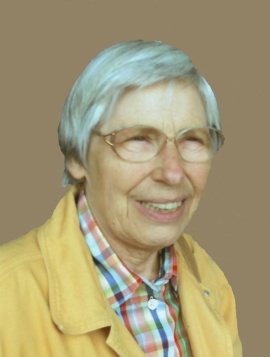
Sonja Gerlach (Editor, Figured bass realisation)
Sonja Gerlach was born in Hannover in 1936. She did a secondary school teaching degree (Staatsexamen) in music and mathematics in Berlin. From 1965 to 1999 she was a research associate and editor at the Joseph Haydn-Institut in Cologne. In addition to her work as an editor and researcher she addressed questions concerning the chronology of Haydn’s symphonies. She is also very interested in problems of ascertaining authenticity of works in Haydn’s different genres.
In 2000 she retired and moved to Munich where she now lives.
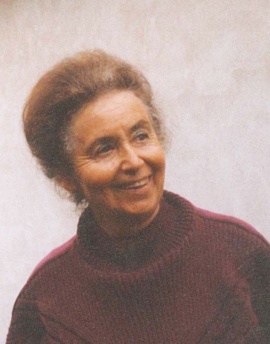
Zdenka Pilková (Editor)
Dr. Zdeňka Pilková, CSc (1931 Praha-1999 Praha) studied musicology and ethnography at Charles University Prague and graduated in 1955 (The dramatic Works of Jiří Benda, edited 1960 Prague) and received her PhD in 1968 (The Music Section of Umělecká beseda 1863-1963).
Her professional career began in 1955 in the Music Departement of the Czech Radio Prague, from 1964-1991 she worked in the Institut for Musicology (Czech Academy of Sciences). As a visiting lecturer she was active at Charles University Prague. Her special field was Czech music of the 18th century, especially G. Benda, F. Benda, J. Mysliveček, A. Kamel, J. Neruda. She presented papers at numerous international conferences and lectured in Europe and overseas. Dr Pilková collaborated with Grove Dictionary of Music and Musicians and coordinated the Czech participation in the project "The Symphony 1720-1840", Garland NY. In her private life Zdeňka Pilková was a member of the Studio of Chamber Dance in the style of Isadora Duncan. She published about 60 studies on the personalities of composers of the 18th-19th centuries.
Product Safety Informations (GPSR)

G. Henle Verlag
Here you can find the information about the manufacturer of the product.G. Henle Verlag e.K.
Forstenrieder Allee 122
81476 München
Germany
info@henle.de
www.henle.com
The scholarly preface is first class and the manuscript source housed in the Lund University Library is used to excellent effect as the basis for this publication.
Stringendo AUSTA, 2014recommendations
autogenerated_cross_selling
Further editions of this title
Further editions of this title


